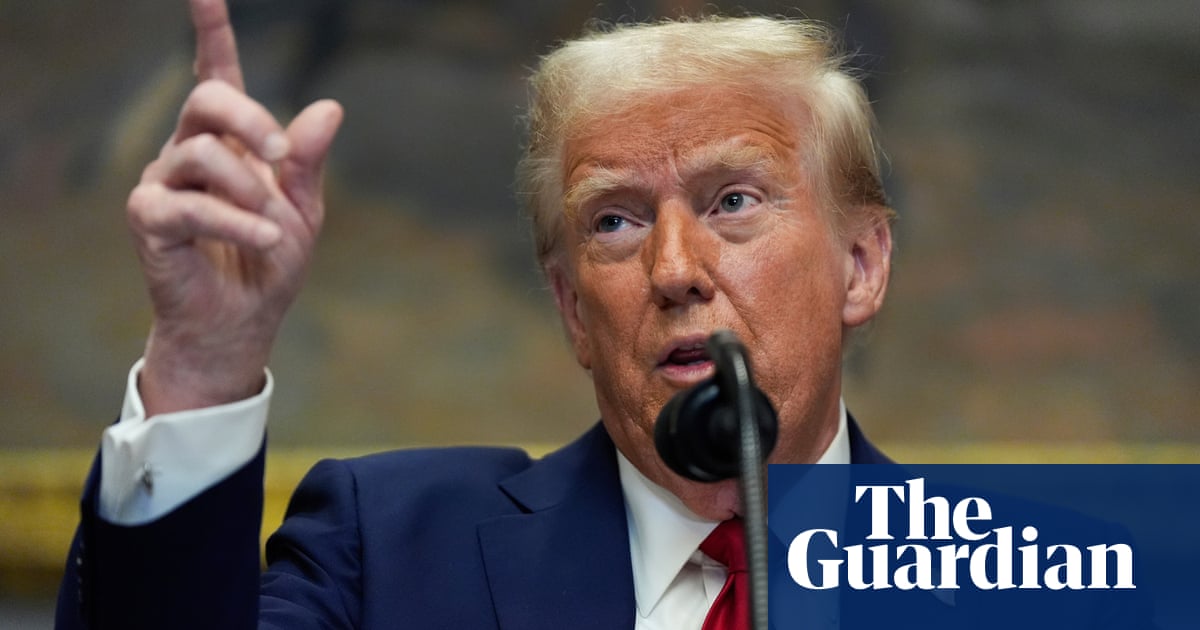Trump’s Tariff Threats: A New Phase in US Trade Policy
Donald Trump has returned to the political forefront with bold statements regarding trade policies that could reshape the economic landscape between the United States and its major trading partners. On the cusp of assuming office for his second term, Trump has threatened to impose a 10% tariff on Chinese-made goods, effective February 1, significantly impacting American consumers and businesses.
The Rationale Behind the Tariffs
During a recent White House event, Trump highlighted his justification for these tariffs, linking them directly to the ongoing issue of fentanyl trafficking. He stated that the penalties on Chinese imports would stem from their involvement in the distribution of fentanyl, primarily through routes to Mexico and Canada. “Other countries are big abusers also, you know it’s not just China,” Trump remarked, indicating that he is also considering imposing similar tariffs on imports from the European Union.
This rhetoric reflects Trump’s longstanding commitment to an “America First” trade policy, which emphasizes retaliatory actions against nations perceived to be exploiting trade imbalances. The president pointed to a $350 billion deficit with the EU, asserting that these tariffs are necessary because of the unfavorable treatment the US faces.
Broader Impact on Global Markets
The announcement of potential tariffs has already begun to reverberate through global markets. Following Trump’s comments, China’s currency and stock markets saw a decline. The blue-chip CSI 300 index and the Shanghai Composite index both closed nearly 1% lower, their most significant drops in recent weeks. As investors responded to the threat of tariffs, the offshore yuan depreciated against the dollar, indicating rising concerns over trade tensions.
Echoing previous campaign strategies, Trump’s earlier comments regarding the imposition of 25% tariffs on Mexico and Canada—America’s closest trading partners—further heighten the stakes for international commerce. This series of tariff threats suggests a return to a combative trade stance that characterized much of Trump’s previous administration.
A Shift in Domestic Policy
In addition to his aggressive trade policies, Trump has also initiated a wave of executive orders designed to reverse many Biden-era initiatives. One such order, titled “Unleashing American Energy,” halts the disbursement of funds for green energy projects, potentially putting $300 billion in infrastructure spending at risk. This includes nearly $50 billion in already-agreed Department of Energy loans, signaling a stark shift in the national approach toward energy and sustainability initiatives.
The implications of these policies extend beyond immediate economic concerns; they also threaten to undermine future investments in renewable energy sectors that are seen as critical to combating climate change.
Economic Nationalism: A Double-Edged Sword
As part of his economic nationalism strategy, Trump has proposed to double the tax rate for foreign nationals and overseas companies doing business in the US. This move is seen as retaliation against countries imposing discriminatory tax policies against American businesses. However, such measures may provoke retaliatory actions from affected nations, leading to a potential global tax showdown, further complicating an already tense international trade environment.
Moreover, Trump’s withdrawal from a negotiated global corporate tax deal, aimed at implementing a minimum corporate tax rate of 15% across nearly 140 countries, raises questions about the future of international cooperation on tax regulations.
Pioneering AI Infrastructure
Amidst the cacophony of tariff threats and tax reforms, Trump also unveiled an ambitious initiative touted as the largest AI infrastructure project in history. The proposed $500 billion joint venture with tech giants OpenAI, Oracle, and SoftBank aims to establish a robust network of data centers across the US. This project underscores the administration’s recognition of the critical role that technology and artificial intelligence play in future economic competitiveness.
Administrative Changes in Workforce Policy
In a controversial move, Trump has ordered all federal employees working in diversity offices to be placed on paid leave, signaling a sharp pivot away from inclusivity programs that had been a focal point of the previous administration’s policies. This decision has sparked significant debate regarding the direction of federal workforce initiatives and the broader implications for diversity and inclusion in government.
Conclusion
Donald Trump’s latest threats to impose tariffs on Chinese-made goods and imports from the EU mark a significant escalation in his trade policy focus as he seeks to revive an aggressive approach reminiscent of his first term. Balancing these trade actions against a backdrop of complex domestic policies, including significant shifts in energy and workforce strategies, presents both opportunities and challenges for the future of the US economy. As responses from both domestic and international stakeholders unfold, the impacts on global markets and economic relations remain to be seen.

